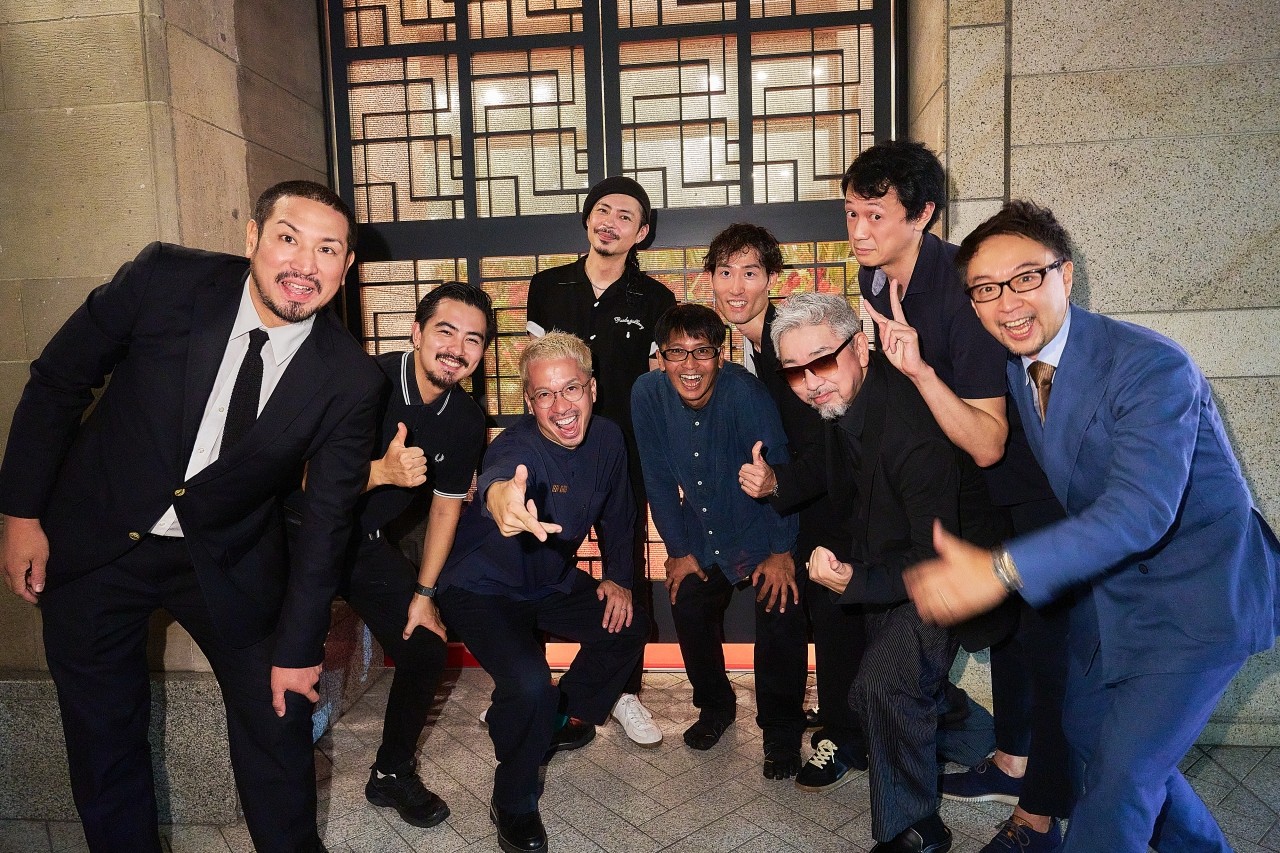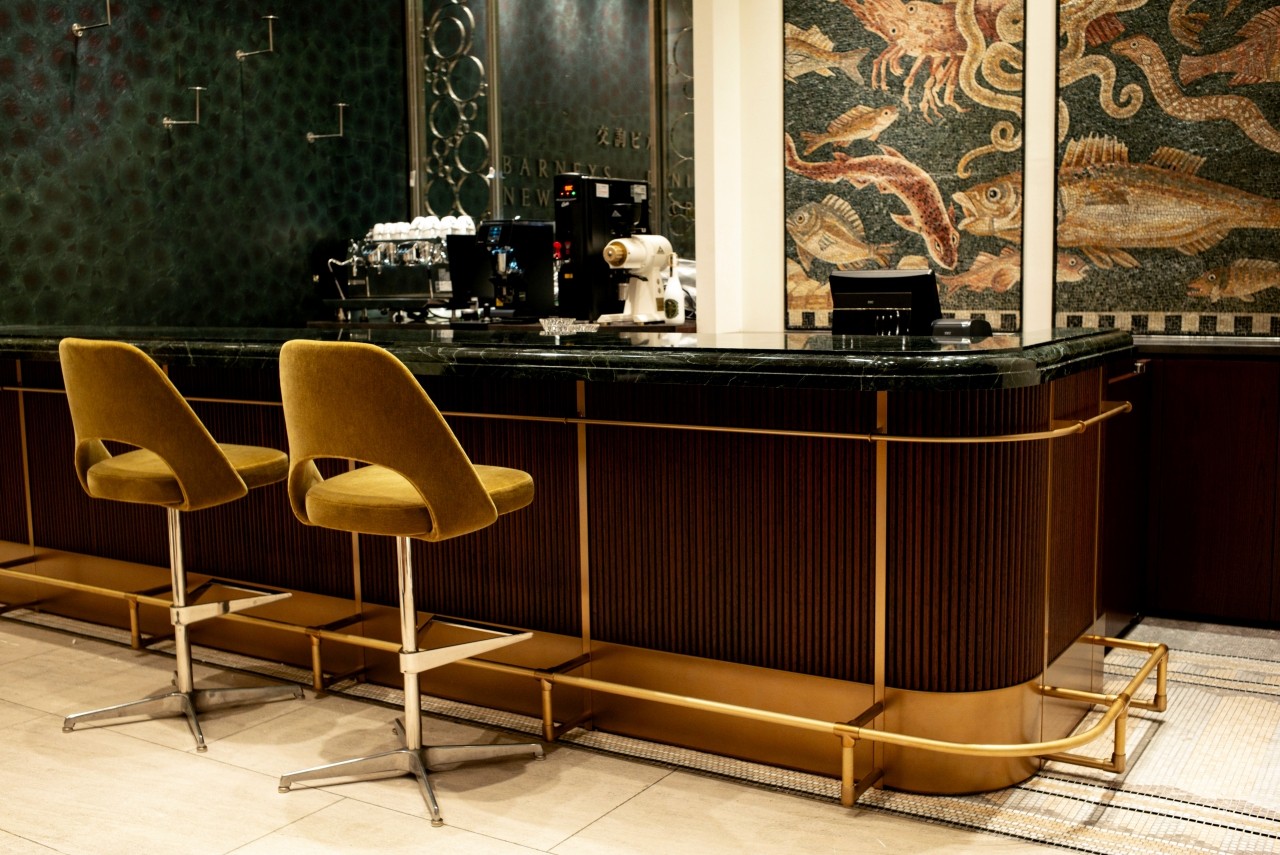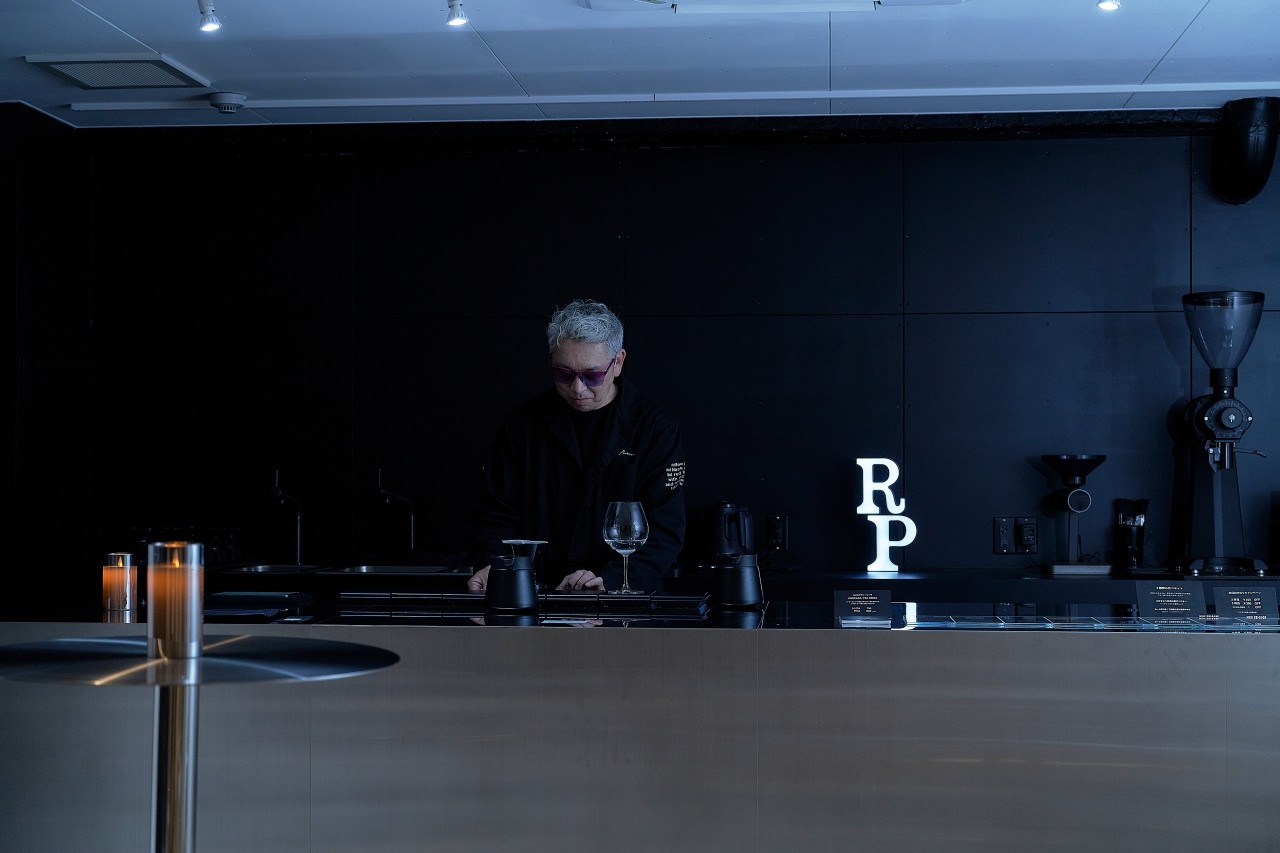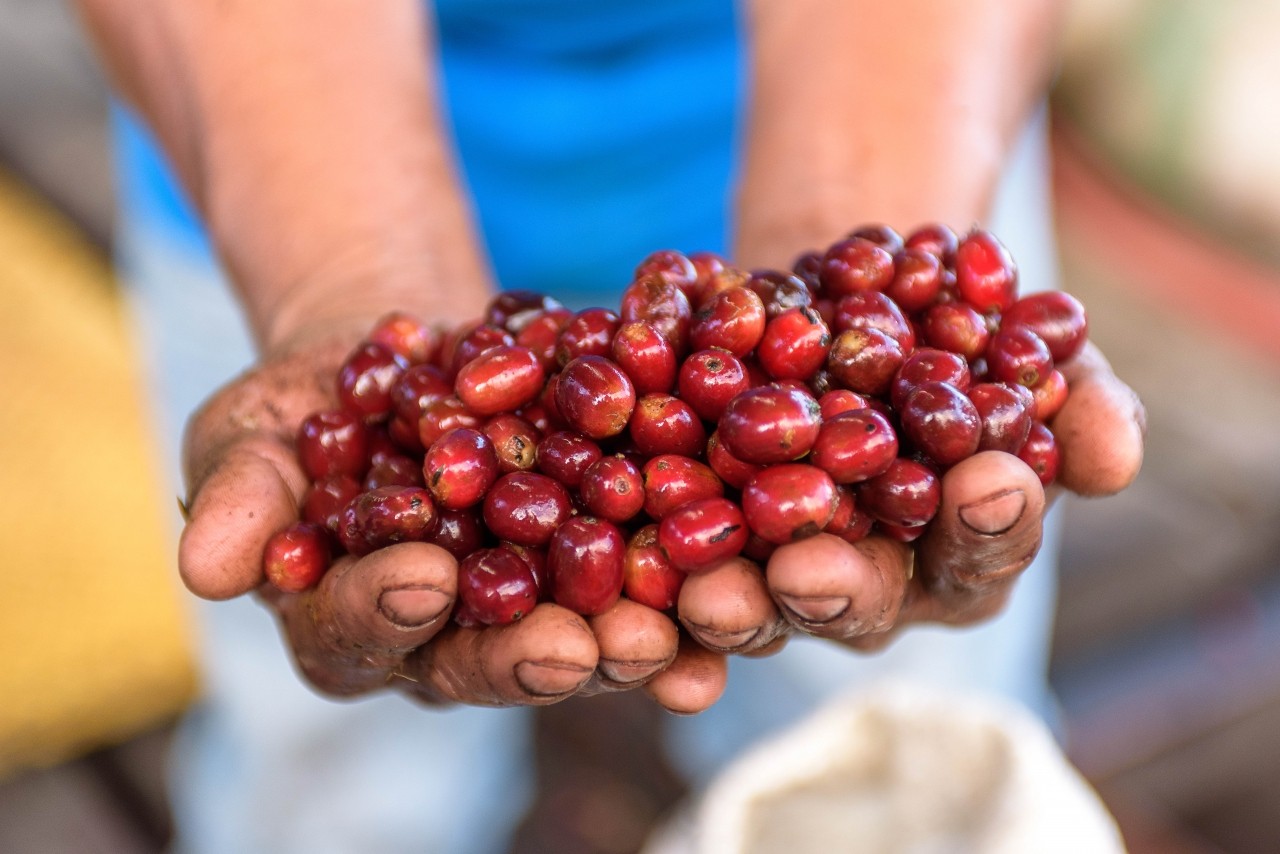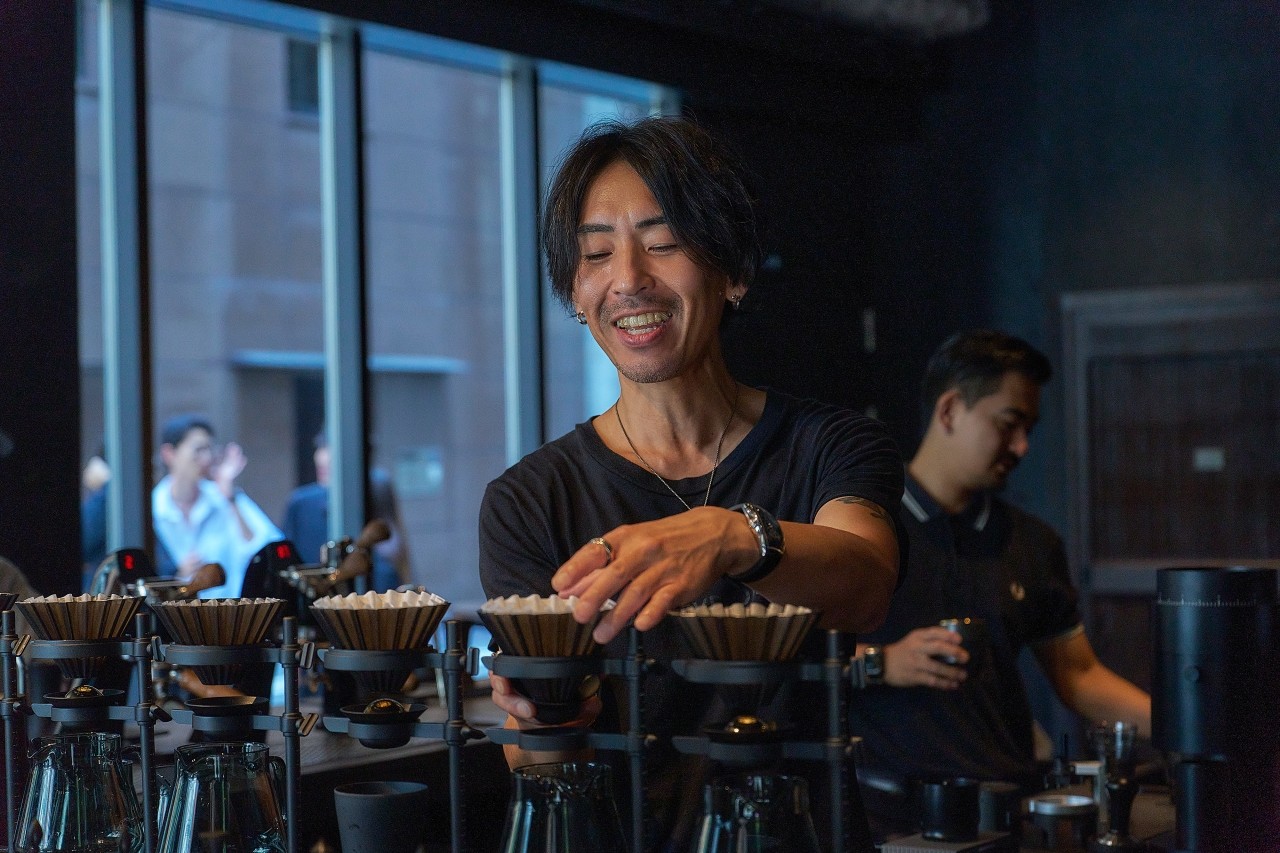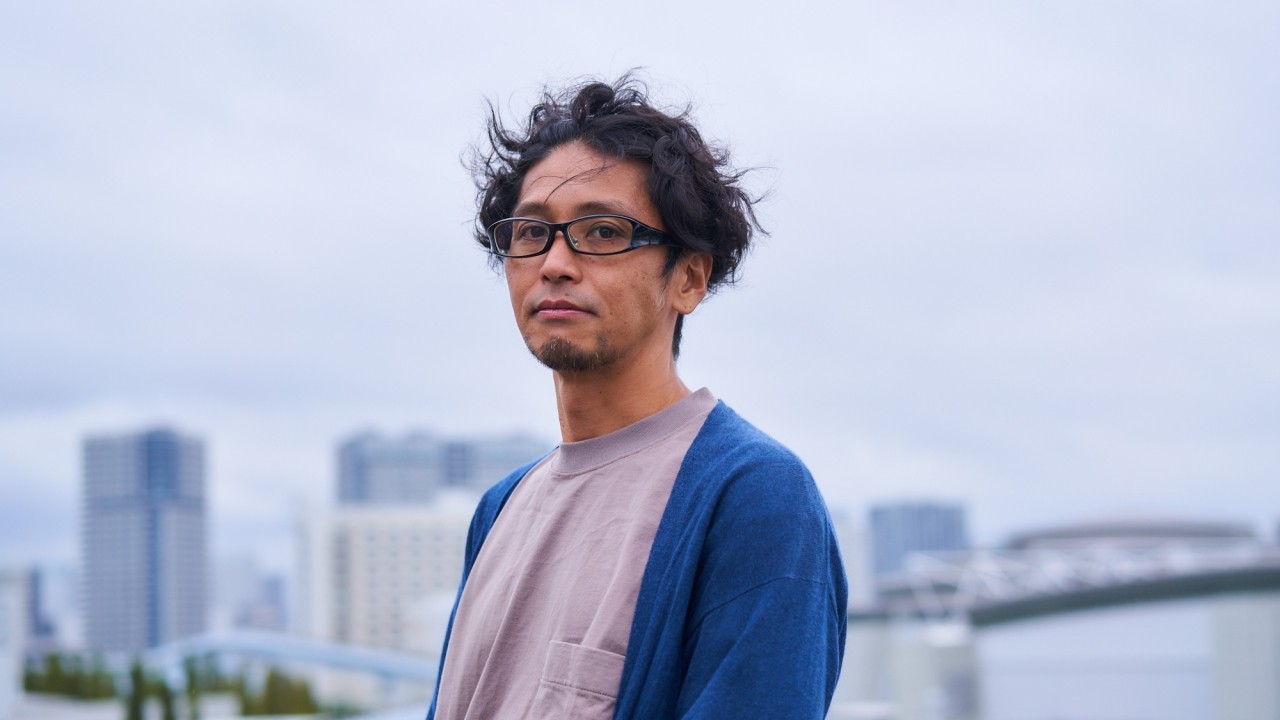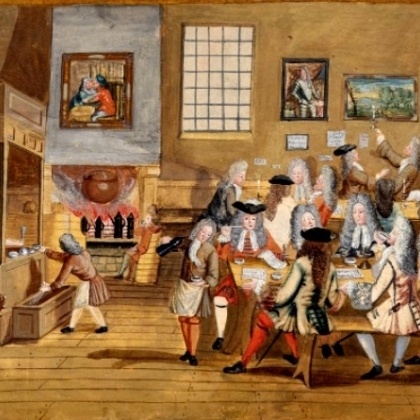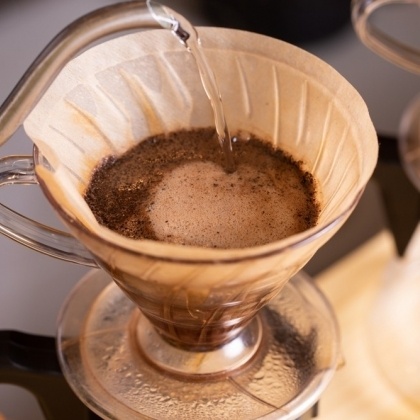What is the difference between Boquete and Volcan? Explaining the origins of Panama Geisha
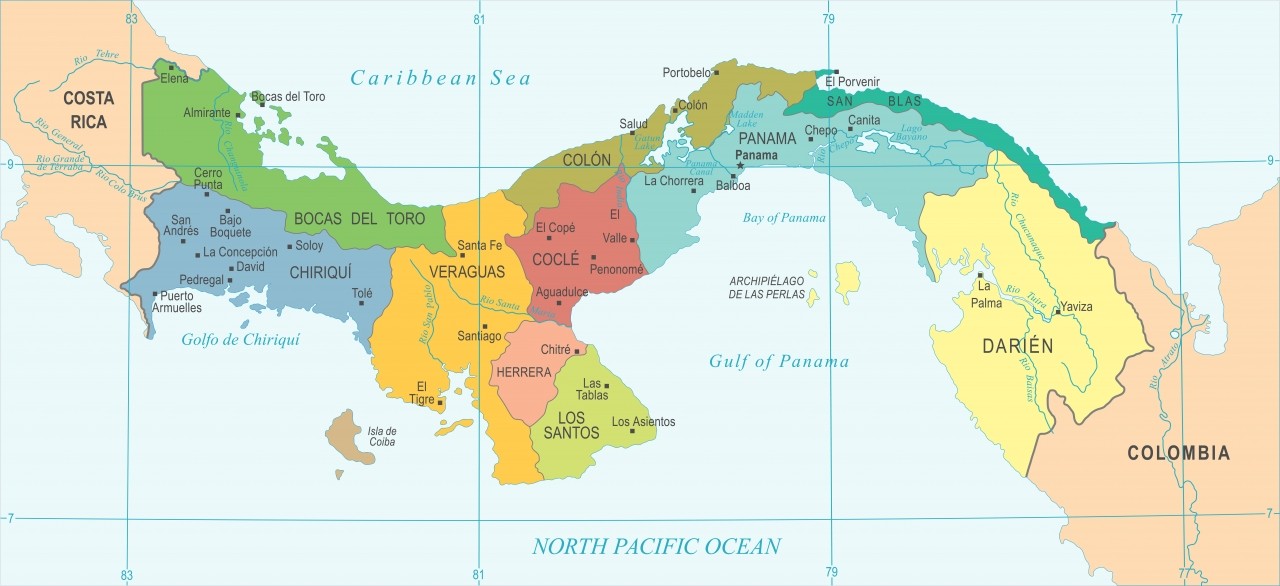
Panama may be a small country, but it is a notable producer of specialty coffee that is highly regarded around the world.
Panama has gained international fame, especially due to the success of Geisha variety. In this article, we will focus on two areas that are particularly important as Geisha coffee producing regions in Panama: Boquete and Volcan, and introduce the characteristics of each. Both are attractive coffee producing regions in Panama where you can experience the "terroir" that characterizes specialty coffee.
Located on the eastern slope of Volcano Baru, Boquete is characterized by floral aromas and bright acidity, and is home to many world-famous farms, including Esmeralda Farm.
Meanwhile, the Volcan region, which spreads across the western slope of the Baru Volcano, is known for its fruity flavor and full-bodied coffee, and farms such as Hartman Farm produce coffee that combines tradition and innovation.
Although they are all on the slopes of the same Baru Volcano, the differences in geographic location and rainfall patterns give rise to unique flavors, and we will introduce the efforts of each region to explore the depth of Panamanian coffee.
The area around Baru Volcano is suitable for growing coffee
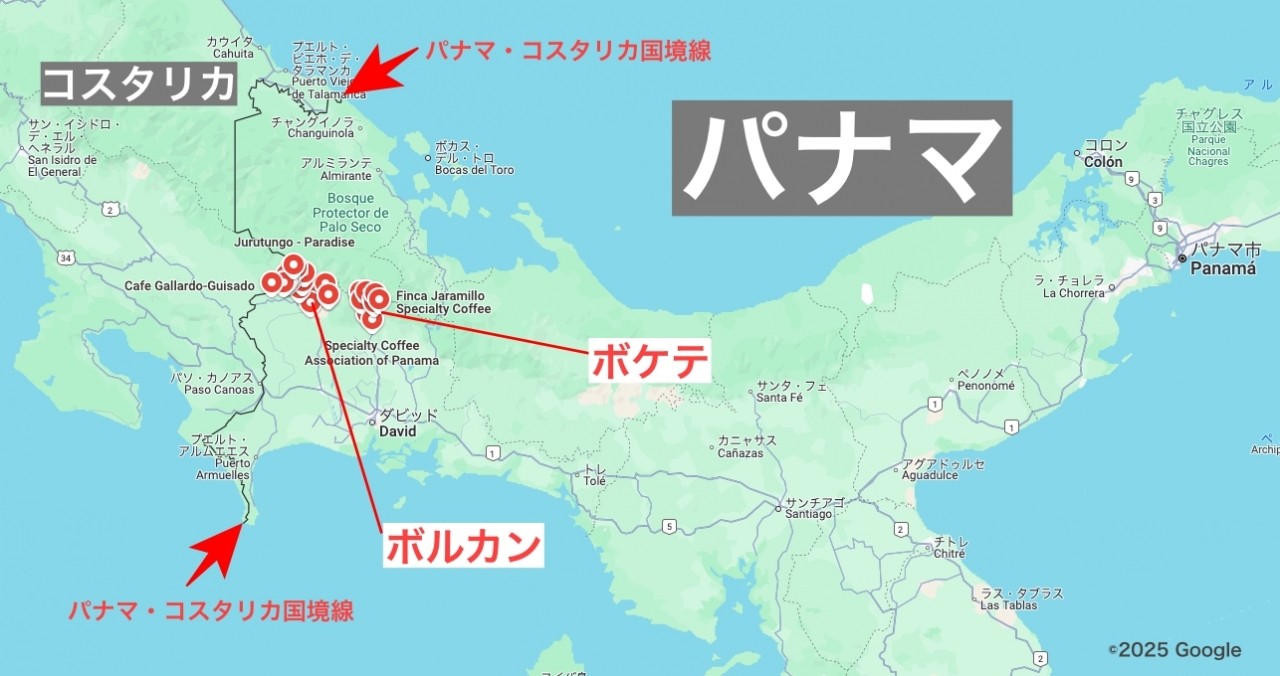
The Republic of Panama is a country located in Central America, which connects North and South America. It borders Costa Rica to the west and Colombia to the east. Panama's area is about 75,000 square kilometers. Panama is famous for the Panama Canal, but other major industries include shipping, mining, and Hikaru , and coffee is the main agricultural product.
It is an isthmus country that connects the North and South American continents, and its land area is long and narrow. Due to this topographical feature, it is influenced by both the Caribbean Sea and the Pacific Ocean, creating a unique microclimate. The climate is hot and humid subtropical, with a rainy season from May to December and a dry season from January to April, and the climate varies from region to region.
Panama is home to 80,000 people, 10,000 of whom are from the Pacific coastal region, and 10,000 others from the Pacific coastal region.
The climate is tropical, and the area around Baru Volcano has fertile volcanic soil and a large temperature difference, making it an ideal environment for growing coffee.
The climate is tropical, and the area around Baru Volcano has fertile volcanic soil and a large temperature difference, making it an ideal environment for growing coffee.
Baru Volcano is a stratovolcano that erupted in the 16th century. The eruption scattered tephra on the surrounding soil, making the soil around the volcano nutrient-rich and fertile, creating an ideal environment for coffee cultivation. Panama's high-quality Arabica beans are mainly produced in the Boquete and Volcano regions of Chiriqui Province, located east and west of Baru Volcano.
By the way, about 70% to 80% of the coffee grown in Panama is Arabica, and the remaining 20% to 30% is Robusta. Arabica grown in Chiriqui is mainly exported, while Robusta grown in the lowlands of Panama is mainly consumed locally. Robusta is mainly produced in the lowlands of Coclé, Panama-Oeste, Colon, etc.
Boquete, the representative terroir of Panama Geisha
 A map showing the major farms in Boquete and Volcan. The Boquete region is dotted with farms on both the east and west sides of a central valley.
A map showing the major farms in Boquete and Volcan. The Boquete region is dotted with farms on both the east and west sides of a central valley. Coffee cultivation in Panama began late in Central America, around 1870-1890 in the Boquete region of Chiriqui province in the west of Panama.
The Boquete region is located on the eastern slope of the Baru Volcano. It is further divided into the regions of Bajo Boquete, Alto Boquete, Caldera, Jaramillo and Palmira. To the south is a valley, bounded by the Baru Volcano to the west and the Sierra de Talamanca to the north.
Boquete is a highland town at an altitude of 1,200m to 2,100m, with rainfall mainly coming from the Pacific Ocean from May to December and mainly from Masahiro Ocean from December to March. Temperatures range from 10°C to 26°C, from drier to very humid microclimates with lots of rainfall.
The mist from the Masahiro Ocean side is known as "Bahareke" and the northern lands are enveloped in this rain throughout the year.
Boquete is a highland town at an altitude of 1,200m to 2,100m, with rainfall mainly coming from the Pacific Ocean from May to December and mainly from Masahiro Ocean from December to March. Temperatures range from 10°C to 26°C, from drier to very humid microclimates with lots of rainfall.
The mist from the Masahiro Ocean side is known as "Bahareke" and the northern lands are enveloped in this rain throughout the year.
Rainfall from the Pacific side affects southern areas such as Palmyra and Jaramillo, while the central region is affected by both rainfalls.
Boquete is blessed with such soil and the climate changes in this small area, producing coffee that reflects the individuality of the land, or terroir, making it Panama's number one specialty coffee producing region.
Typical characteristics of the Boquete region include floral aroma, bright acidity, and balanced sweetness. The clean taste achieved by the water washing process is one of the attractions of Boquete coffee. It has a complex and delicate flavor structure, and the higher the altitude, the more refined the flavor profile tends to appear.
Some of the notable farms in the region are:
Hacienda La Esmeralda
This farm played a role in spreading the name of Geisha to the world. Esmeralda Farm produces different lots in different plots scattered around the region, and even with the same Geisha variety, the different flavors that express the terroir of each location on the farm can be felt. It has repeatedly broken the highest price in the "Best of Panama" contest and holds the auction record of over $1,000 per pound for Geisha varieties.
Finca Kotowa
This farm is owned by Ricardo Coyner, who served as president of the Panama Specialty Coffee Association. It has earned a worldwide reputation as a farm that truly represents Panama's specialty coffee. It is also a pioneer in environmental initiatives, such as protecting the local environment and using hydroelectric power for electricity.
Finca Elida
Founded in 1918, this historic farm is currently run by the fourth generation. Their Geisha grapes, grown at altitudes of 1,700-2,000 meters, are known for their floral aroma and delicate acidity. They are also actively involved in organic farming and environmental conservation.
The notable terroir "Volcan"

The Volcan region is located in the Chiriqui province in western Panama, and is a coffee-producing region that spreads across the western slope of the Baru Volcano. The name "Volcán" means "volcano" in Spanish, and is derived from the Baru Volcano. This region includes the Renacimiento area and is adjacent to La Amistad National Park on the border with Costa Rica.
The Volcan region is mainly located at an altitude of 1,200 to 1,800 meters, has fertile volcanic soil, and is characterized by large temperature differences between morning and evening. Depending on the area, the altitude ranges from 600m to 2,500m, and the microclimates created by the various altitudes and topography, from humid tropical to highland temperate, produce a wide variety of coffee.
The flavor characteristics of Volcan coffee are characterized by a fruity acidity, a balanced sweetness, and citrus and berry flavor notes. Compared to Boquete, it tends to have a slightly more fruity flavor and is also characterized by its full body. The main cultivars are high-quality varieties such as Typica , Caturra, and Geisha .
In the region, the Renacimiento Growers Association works to increase the value of local coffee by promoting exports, improving coffee production and prices, protecting the environment, and improving the quality of life for small-scale producers.
Representative farms in the Volcan region include:
Finca Hartmann
This farm is located in the highest area of Santa Clara in the Renacimiento region. This remote mountainous area was developed and now offers ecotours that take advantage of the rich natural environment. In recent years, the Hartman family farm has continued to win awards in Geisha category at the international competition "Best of Panama," making it a representative farm of the Volcan region. The farm is committed to preserving biodiversity and is rich in nature, with over 300 bird species confirmed to live there.
Janson Coffee Farm
Janson, which produces clean and excellent Geisha , is one of the farms that made Panama Geisha famous worldwide. Founded in 1941 by Swedish-born Carl Janson, Janson practices thorough quality control, from managing the nutrients in the soil where the coffee is grown to maintaining the ecosystem of the natural forest adjacent to each plot.
Auromar
Auromar's "Finca la Aurora" is located in the highlands of Candela, Chiriqui Province, Republic of Panama, at an altitude of 1,570-1,770m. Two-thirds of the farm is cultivated, covering 14.5 hectares. The rest is untouched highland tropical forest. The cultivation area has been meticulously developed to balance coffee yield and forest protection. The region has a stable microclimate, and the coffee cherries benefit from the dryness of the season from December to January, when the humidity drops, and from the sunny dry season that lasts until mid-April. The result is coffee beans with a very complex flavor, despite the limited supply.
Comparison of the two production areas: Boquete and Volcan
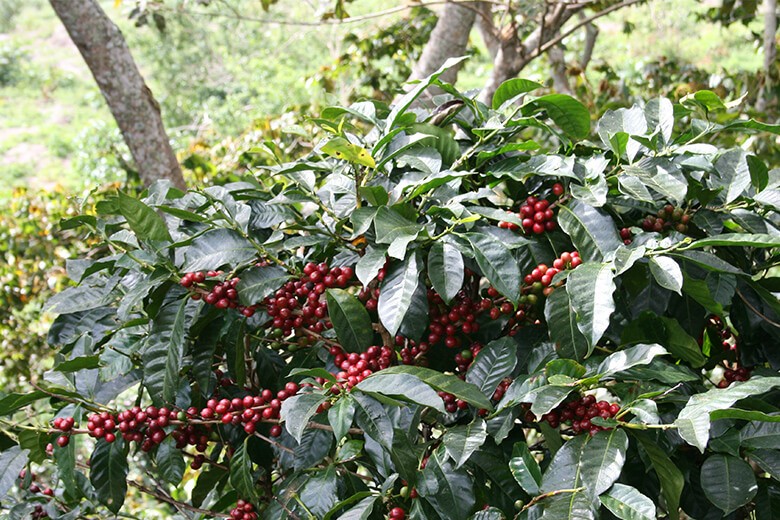
Although Boquete and Volcan are located close to each other and on the slopes of the same Volcano Baru, they each have different characteristics. First of all, in terms of geographical location, Boquete is located on the eastern slope of the Volcano Baru, while Volcan is on the western slope. This difference in location results in differences in the influence of wind and rain, resulting in subtle differences in the flavor profiles.
There are also clear differences between the two in terms of flavor characteristics. In general, coffee from Boquete is characterized by a more floral and complex flavor structure, with delicate acidity and a clear taste. On the other hand, coffee from Volcano tends to have a slightly more fruity flavor, with citrus and berry flavor notes and a slightly fuller body.
The difference in flavor is also greatly influenced by rainfall patterns. Boquete is located on the eastern slope, so it is strongly influenced by misty rain called "Bajareque" from the Masahiro Ocean side. On the other hand, Volcan is more strongly influenced by the Pacific Ocean side, so the rainfall patterns and humidity are different, which leads to differences in the coffee growing environment.
In terms of recognition, Boquete is more widely known thanks to the international attention that Geisha grapes of the Esmeralda farm have attracted, especially due to its success in the "Best of Panama" competition, which has made the city a household name among coffee lovers around the world. Meanwhile, Volcán (especially the Renacimiento region) has been gaining attention in recent years and is set to grow even more thanks to the efforts of producers such as the Hartmann family.
There are also differences in the approaches to cultivation and processing. Both regions are committed to producing high-quality specialty coffee, but while traditional washed processing dominates in Boquete, Volcano tends to actively experiment with various processing methods, such as natural and honey process. This diversity further highlights the individuality of each region.
Panama's charm is not just about Geisha
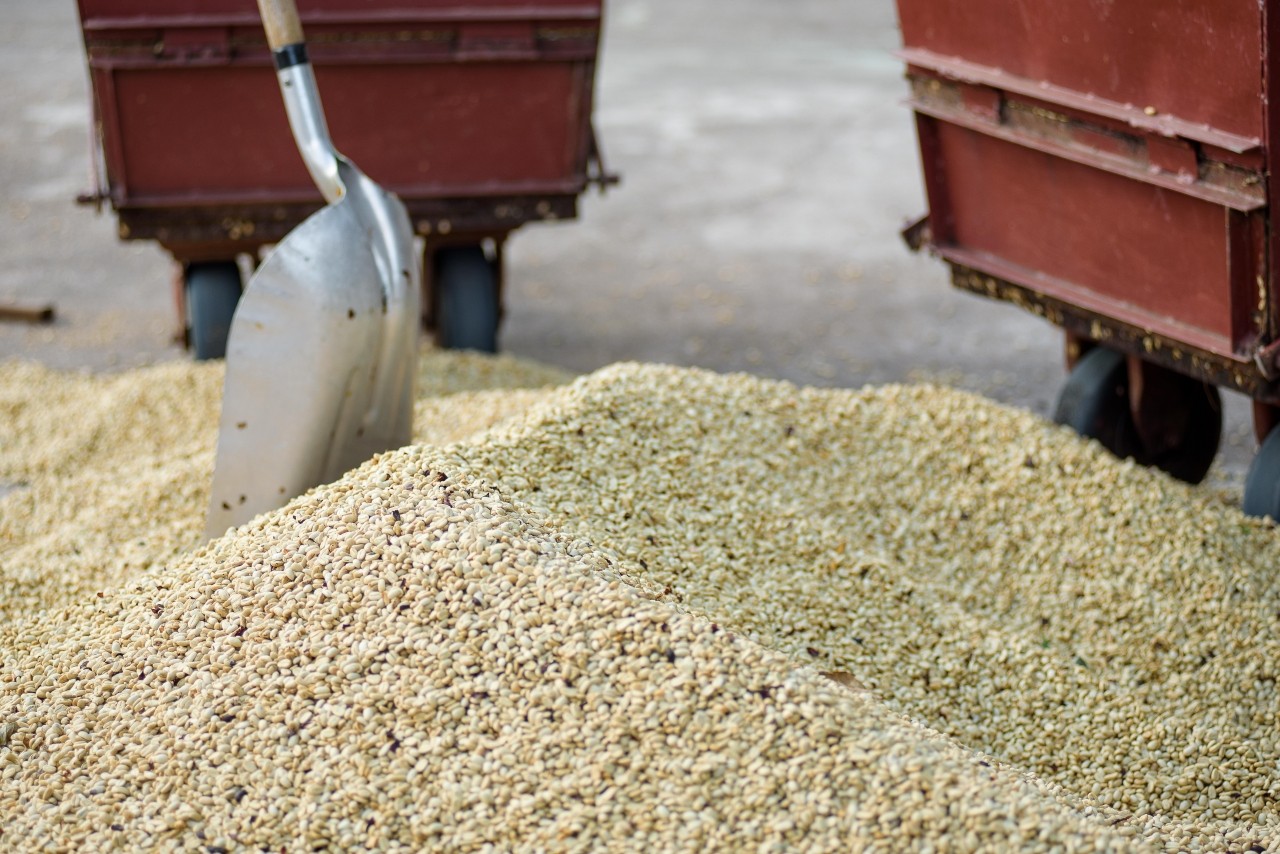
After its rediscovery at the Esmeralda Farm, Geisha 's success continues to this day. Its unique and noble flavor, also known as Geisha flavor, shocked the coffee industry and quickly became highly regarded around the world.
However, the appeal of Panamanian coffee is not just Geisha . Panama has a variety of climates as a regional characteristic, and produces high-quality coffee that allows you to feel the terroir. Please come and experience its charm.
2025.4.4
CROWD ROASTER
If you want to enjoy coffee more deeply
" CROWD ROASTER APP"
Manabu at CROWD ROASTER LOUNGE
・Push notifications for article updates・Full of original articles exclusive to CROWD ROASTER
・Direct links to detailed information about green beans and roasters
App-only features
- Choose green beans and roasters to create and participate in roasting events・CROWD ROASTER SHOP: Everything from beans to equipment is readily available
・GPS-linked coffee map function

